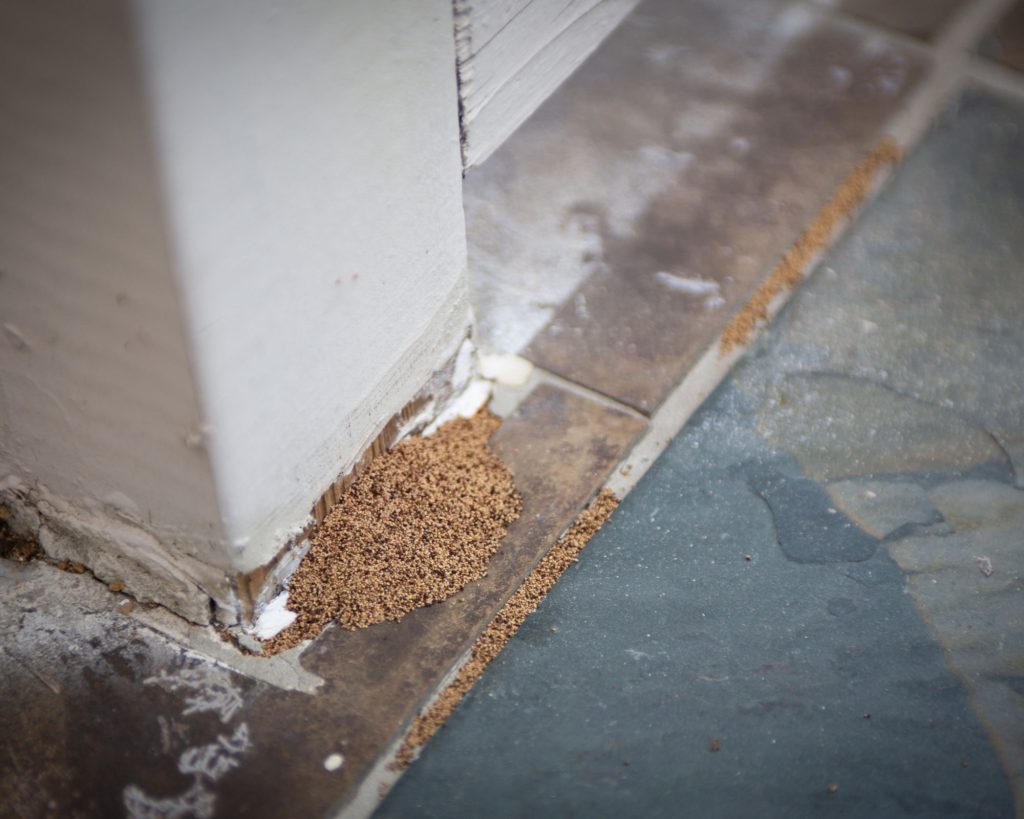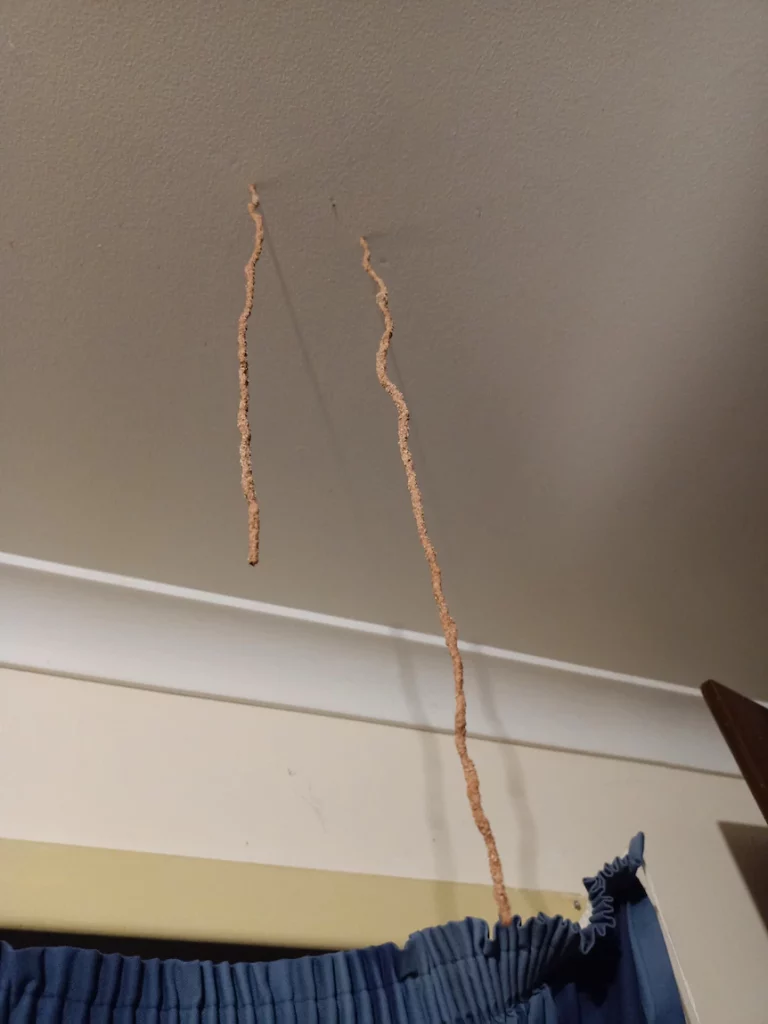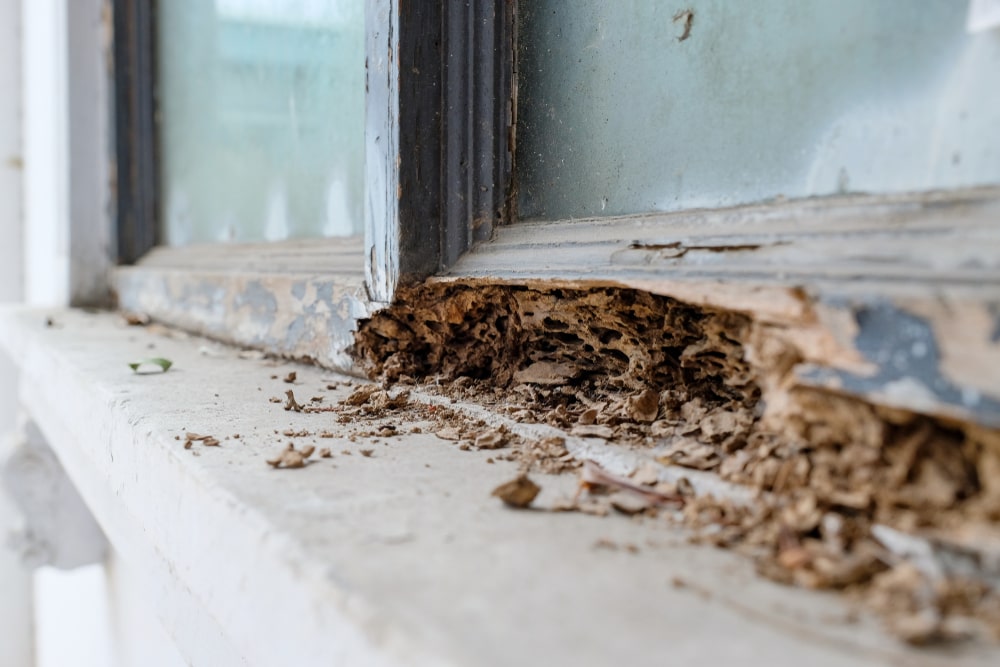Discovering termites on your ceiling can be a cause for concern. In this detailed guide on “Termites On Ceiling,” we delve into the signs, prevention, and treatment options for safeguarding your home from these wood-devouring pests.

Termites On Ceiling: Recognizing the Signs and Taking Action
Termites are silent invaders that can wreak havoc on your home, and finding them on your ceiling is an alarming situation. This article aims to shed light on “Termites On Ceiling,” offering insights into identifying signs, understanding causes, and providing effective solutions.
Signs of Termites On Ceiling
Hollow Sounds and Tapping Noises
Termites are notorious for consuming wood from the inside out. If you notice hollow sounds or tapping noises when you tap on your ceiling, it could indicate termite activity.
Discarded Wings
Reproductive termites, also known as swarmers, shed their wings after establishing a new colony. Discovering discarded wings on your ceiling or around your home is a strong indicator of termite presence.
Understanding the Causes of Termites On Ceiling
Moisture and Water Leaks
Termites thrive in environments with high moisture levels. Ceiling leaks, whether from plumbing issues or roof damage, create the ideal conditions for termites to infest.
Wood-to-Ground Contact
Direct contact between wooden structures and the ground provides termites with easy access. This can occur in the form of untreated wooden supports or foundations.
Prevention and Treatment
Addressing moisture issues is paramount in termite prevention. Fix leaks promptly, ensure proper ventilation, and use dehumidifiers if needed to reduce humidity levels in your home.
Regular Inspections
Regular inspections by pest control professionals are crucial for early termite detection. Professionals can identify signs of infestation before extensive damage occurs.
Read too: Understanding and Dealing with Ants in the Ceiling Spaces: Navigating the Intrusion
Professional Treatment Options
Chemical Treatments
Professional pest control services often use chemical treatments to eliminate termites. These treatments may include liquid termiticides or termite bait systems.
Heat Treatment
Heat treatment is an eco-friendly option that involves raising the temperature in infested areas to levels lethal to termites. This method is effective for localized infestations.
DIY Prevention Measures
Use of Borate-Treated Wood
Borate-treated wood is a natural termite deterrent. Using this type of wood for construction or applying borate treatments to existing wooden structures can help prevent infestations.
Application of Nematodes
Nematodes are microscopic organisms that feed on termites. Introducing nematodes to your garden or affected areas can help control termite populations.
Conclusion: Protecting Your Home from Termites On Ceiling
Termites on the ceiling pose a threat to the structural integrity of your home. By understanding the signs, addressing the causes, and implementing prevention and treatment measures, you can safeguard your home from these destructive pests.
Remember, early intervention is key, and seeking professional assistance for a thorough inspection and targeted treatment is recommended for severe infestations.


